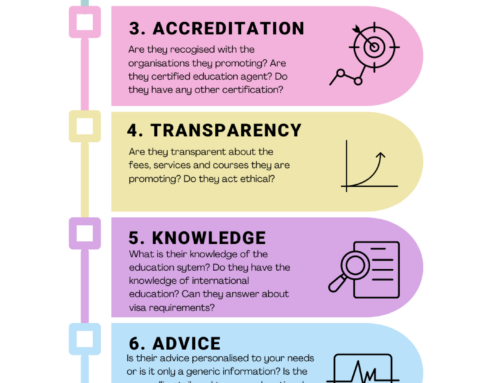Points test system (GSM) for skilled migrants is set for overhaul
The proposed overhaul of Australia’s points test system for skilled migrants, which would be the first significant change since 2012, is indicative of a potentially more stringent and selective approach to immigration. According to a recently released discussion paper, the federal government aims to refine the migration system to better align with the nation’s needs, especially after witnessing a sharp rise in net overseas migration following the pandemic.
Home Affairs Minister Clare O’Neil’s comments about reducing overall migration levels and ensuring that immigrants possess skills crucial for Australia’s future suggest a move towards a more restrictive policy. This tightening is aimed at reducing exploitation by providing clearer pathways for temporary migrants seeking permanent residency.
Furthermore, the Core Skills Occupations List (CSOL) is currently under review with proposed significant changes. Job and Skills Australia (JSA) has released a draft Core Skills Occupations List (CSOL) in light of the need to replace the Temporary Skills Shortage (TSS) with the Skills in Demand (SID) visa by late 2024. The Skills in Demand (SID) visa will have three tiers:
-
The Specialist Skills Pathway is designed to attract top-tier, highly skilled professionals with high salaries of over AUD 135,000, such as those in the technology or green energy industries.
-
The Core Skills Pathway will address Australia’s targeted workforce needs with an improved and regularly updated Core Skills Occupations List (CSOL).
-
The Essential Skills Pathway, with salaries below AUD 70,000, is potentially focused on regional areas and programs like DAMA and other labour agreements. .
(We have prepared a separate article on this and it will be available soon).
Conclusion
It is our view that this change will manifest in higher point requirements for age, English proficiency, and experience, potentially making it more challenging for many prospective migrants to qualify under the new system.
By focusing on younger individuals and industries facing skill shortages, the revamped points test could disadvantage older migrants and those with skills not currently in high demand. This shift might also exclude a significant number of potential migrants who previously would have qualified, especially given the federal government’s strategy to halve net overseas migration by 2025.
Such measures, while aiming to maximise economic benefits, could inadvertently narrow the pool of eligible applicants. This could lead to significant disruptions in sectors that rely on a broader base of skilled migrants.
Overall, the changes to the points test are likely to make the process of migrating to Australia more stringent and potentially restrictive.





Leave A Comment